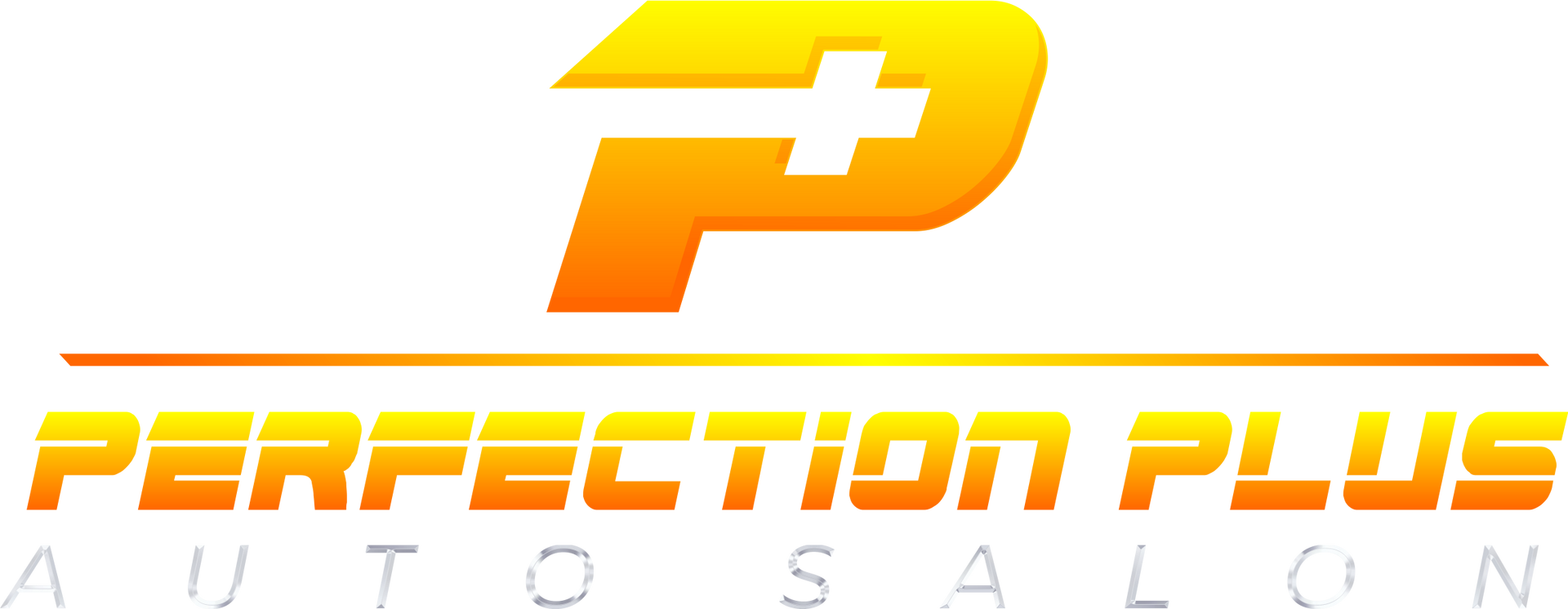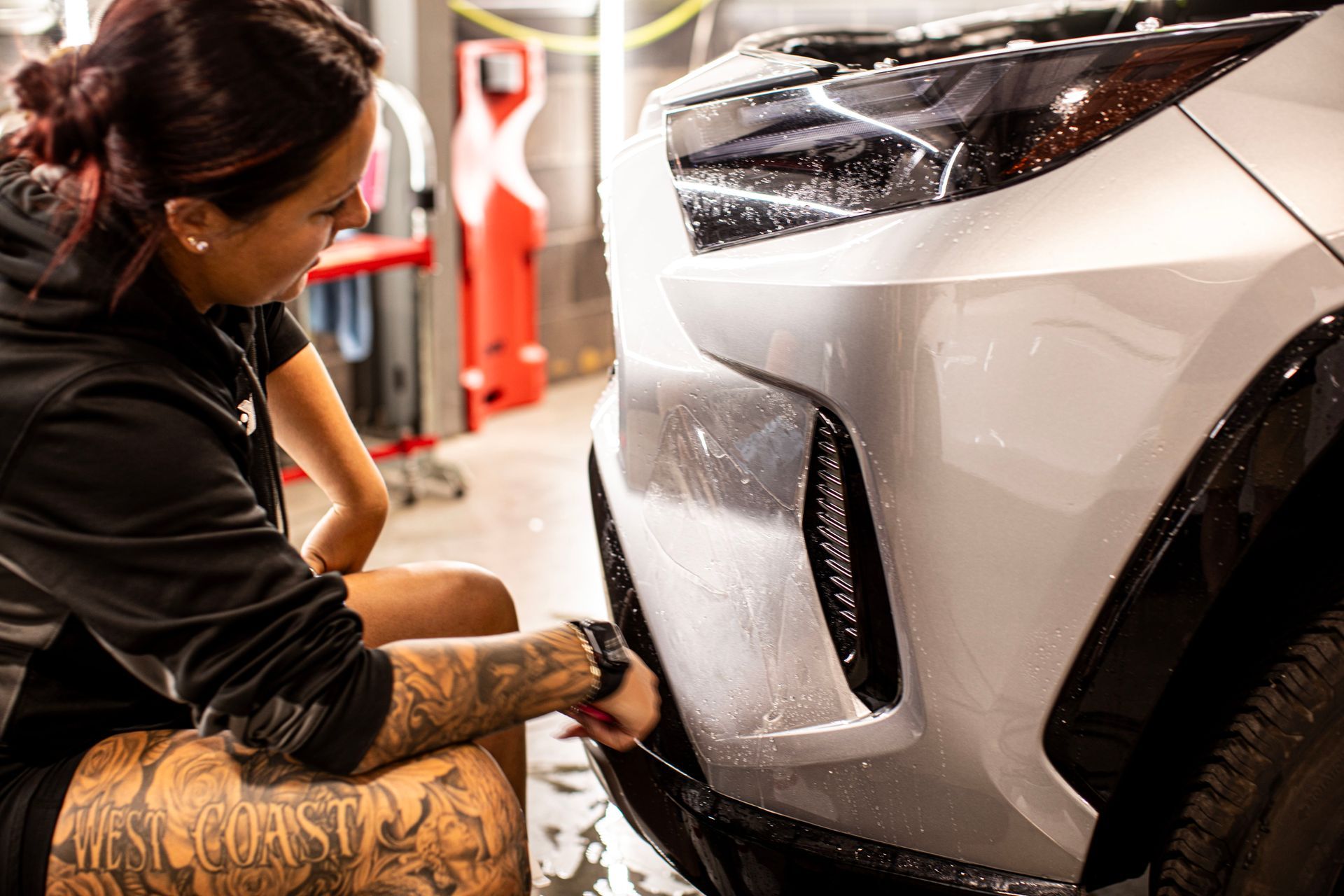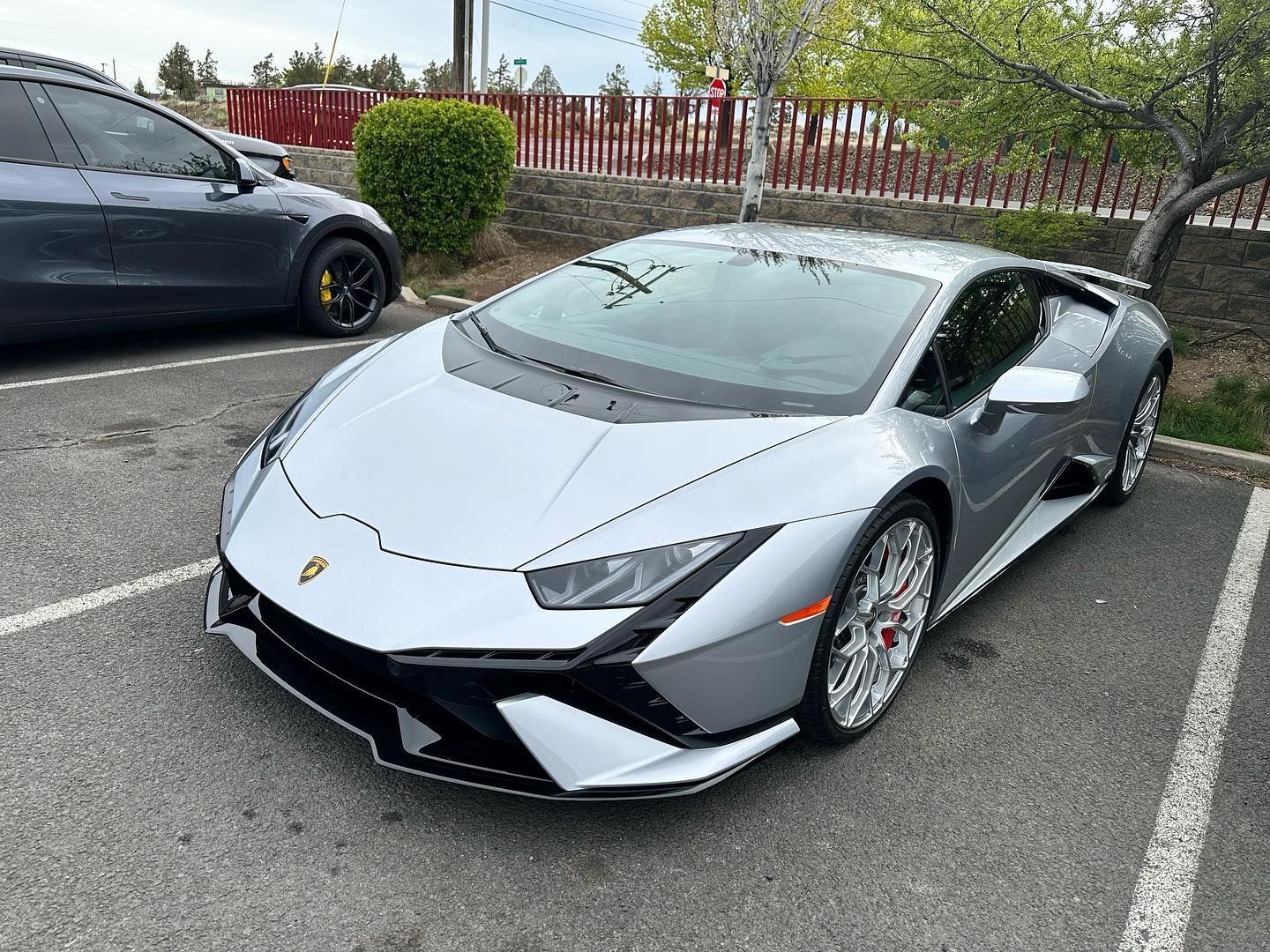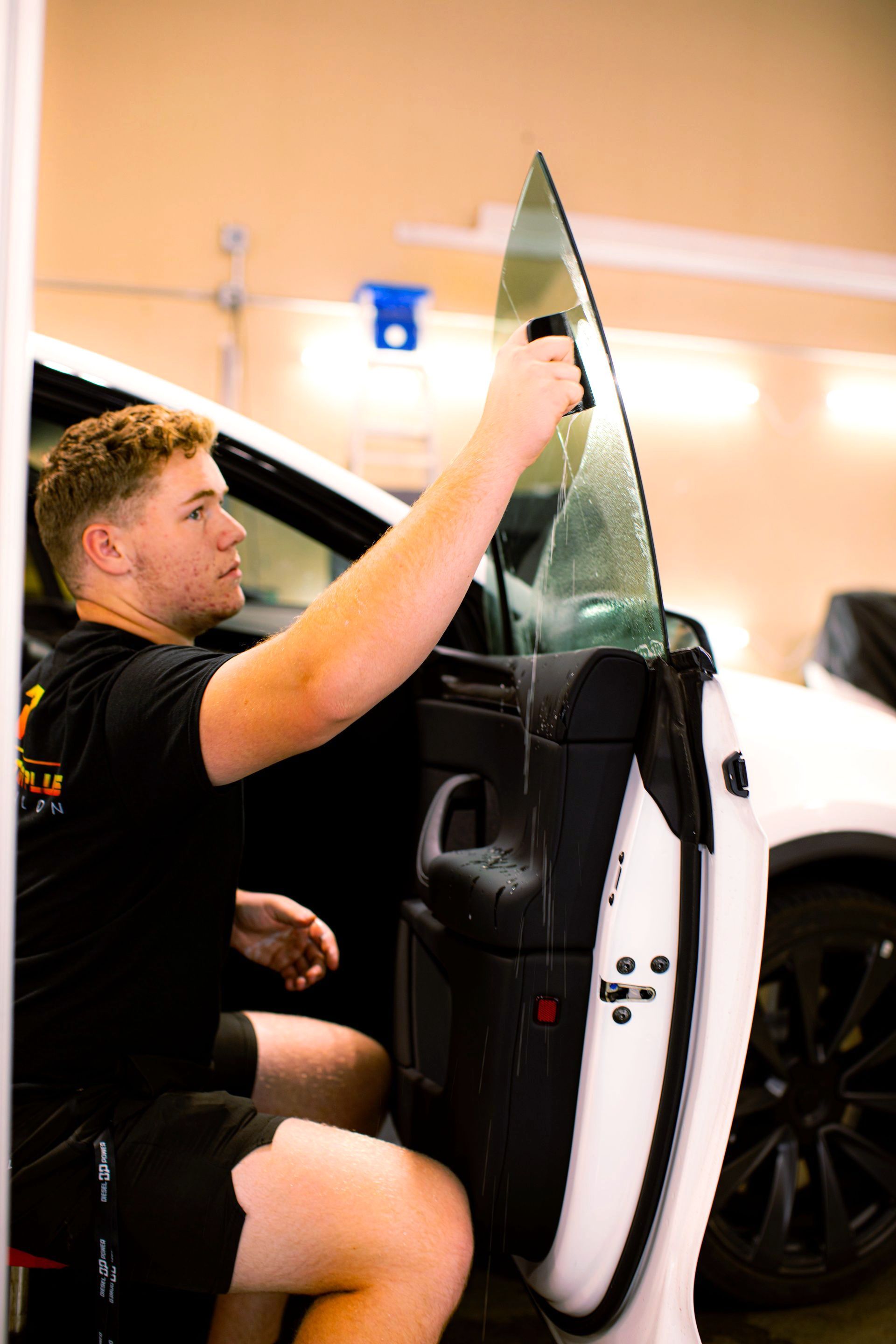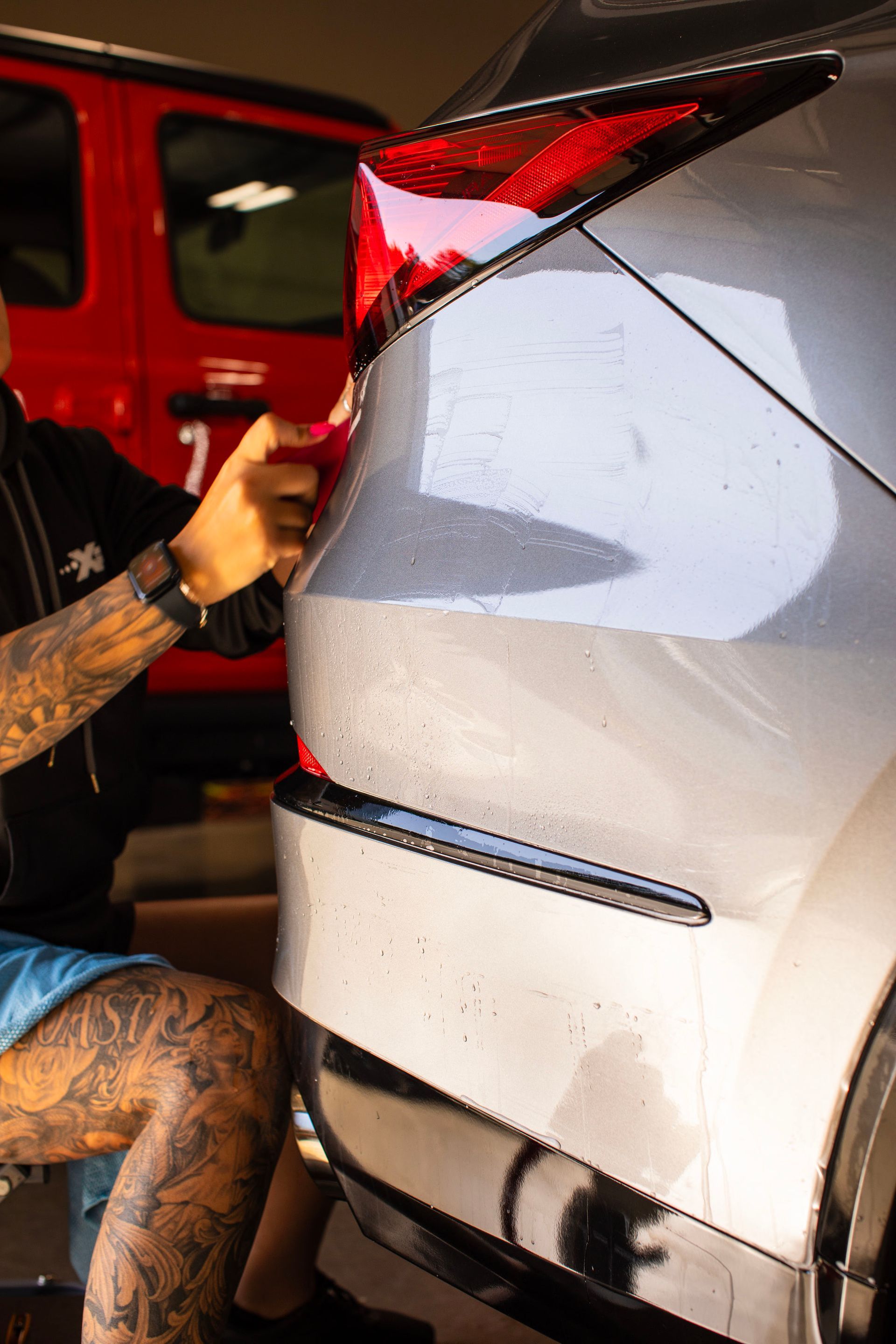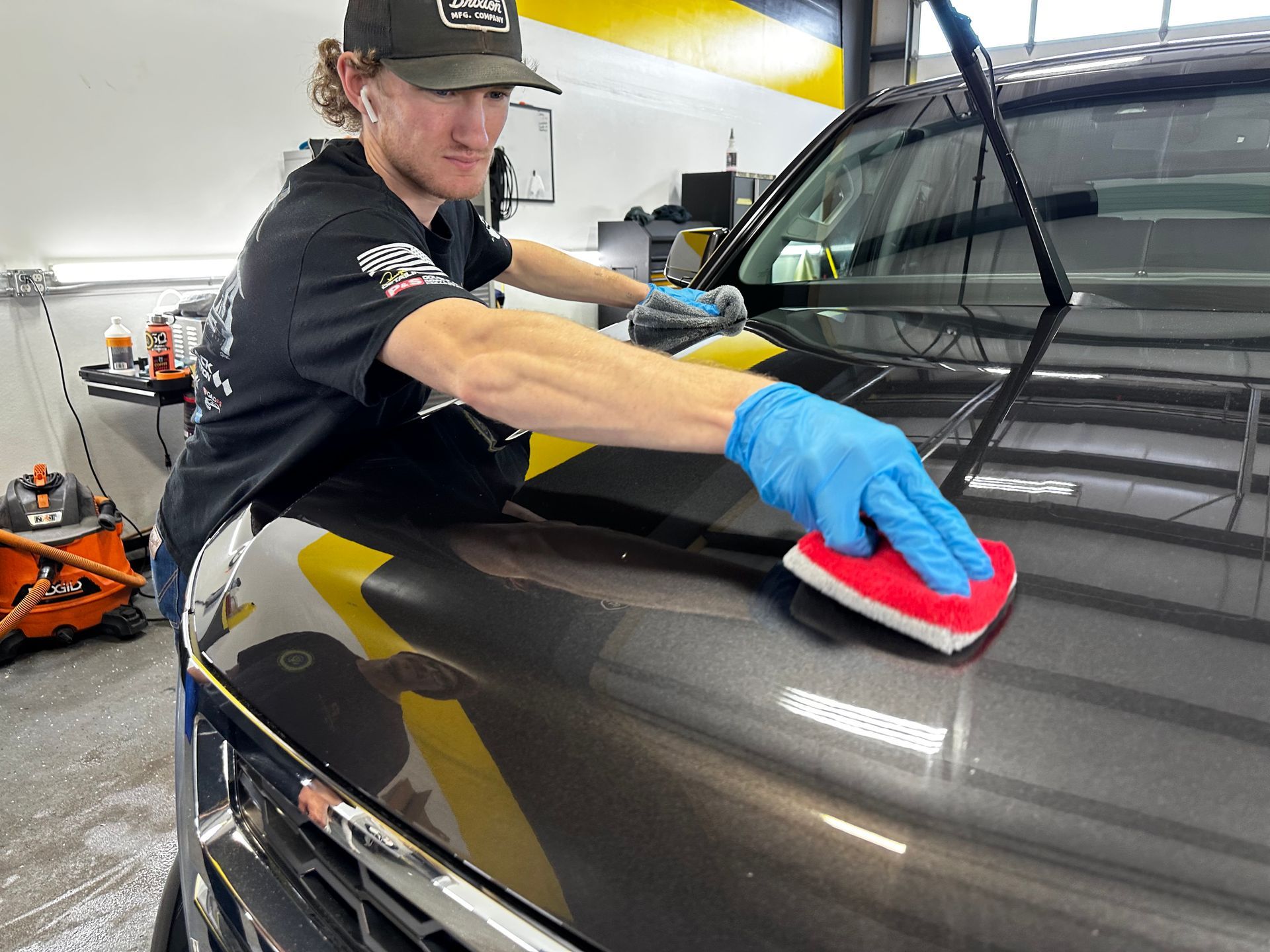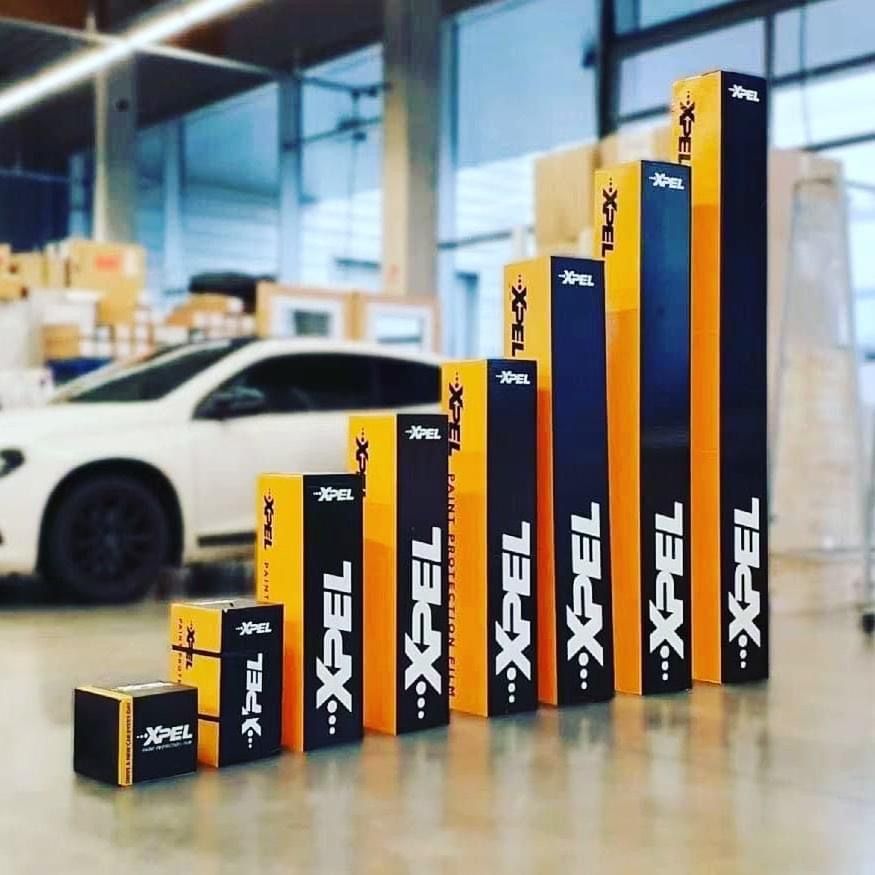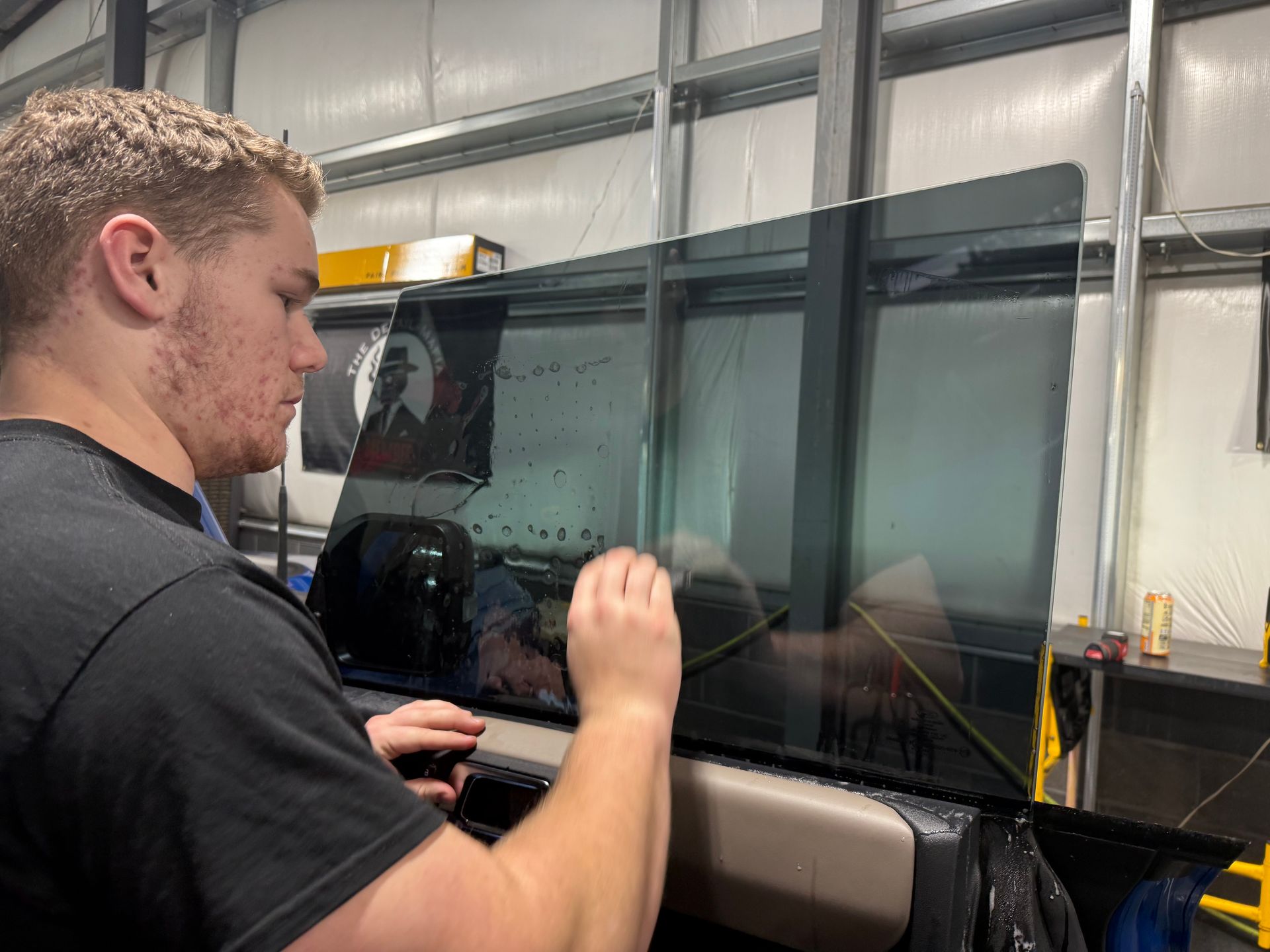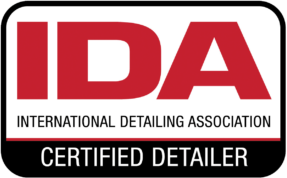Paint Protection Film: Examining the Cost and Long-Term Benefits for Your Vehicle
GET A FREE ESTIMATEPaint protection film, despite seeming pricey at first glance, can indeed be a wise investment for your vehicle. It's not just about the upfront cost. Think about how much you could potentially save on future repairs due to scratches and damages that the film is designed to prevent. Moreover, a paint protection film also helps maintain your car's aesthetic look over the years, which could mean better resale value. Now, let's have an in-depth look into these financial implications.
Paint protection film is a valuable investment for those looking to preserve their vehicle's paint finish. While the initial cost may seem significant, the long-term benefits in terms of protection against rock chips, scratches, and environmental damage make it a worthwhile decision for maintaining the car's resale value and overall appearance.
The Financial Implications of Paint Protection Film
When considering the financial impact of paint protection film for your vehicle, it's crucial to understand the various factors that contribute to the overall cost. PPF installation costs can vary widely depending on the size and type of your vehicle, as well as the level of coverage you opt for. Typically, a full-front paint protection film installation for a mid-sized sedan can range from $1,500 to $3,000. In comparison, larger vehicles, such as SUVs or trucks, may entail a higher cost, ranging from $3,000 to $5,000 for full coverage. The variation in pricing is primarily associated with the amount of material required to cover different vehicle sizes adequately. Larger vehicles naturally demand more PPF material, resulting in a higher overall cost for complete coverage. Additionally, labor costs play a significant role in the total expense. The intricacy involved in applying paint protection films to various parts of the vehicle, along with the expertise required for a seamless installation, contributes to the labor component of the overall cost.
Quality is another pivotal factor that directly influences the cost of PPF installation. The price range mentioned earlier accounts for the differing qualities of paint protection film material. Higher-quality paint protection films often come at a premium due to their advanced features, such as enhanced durability, self-healing properties, and longer warranty periods. While this may increase the upfront installation cost, it can prove to be economically beneficial in the long run by providing superior protection against scratches, UV damage, and environmental contaminants. For instance, opting for a more affordable PPF material may seem economical initially but might not offer the same level of protection and longevity as a higher-quality alternative. As a result, you might end up spending more money in the future to fix any damage that premium-grade paint protection films could have avoided.
Moreover, it's essential to recognize that the initial investment in paint protection film can yield substantial long-term benefits by preserving the aesthetic appeal of your vehicle and mitigating depreciation. By safeguarding the exterior surface from road debris, rock chips, insect acids, and other elements that cause wear and tear, a paint protection film helps maintain the vehicle's resale value and reduces the frequency of costly repainting or touch-up treatments. Thus, when evaluating the financial implications of paint protection film installation, it's imperative to weigh not only the upfront costs but also the long-term advantages in terms of preserving your vehicle's appearance and value.
Paint Protection Film: A Worthy Investment?
Investing in your vehicle's appearance can bring peace of mind and enhance its overall lifespan. Paint protection film is more than just another car expense—it's an investment well worth your consideration, especially when it comes to maintaining and even increasing your vehicle's resale value. When it comes to selling or trading in your vehicle, first impressions are crucial. A well-maintained exterior gives potential buyers the impression that the car has been properly cared for. A paint protection film helps preserve the pristine condition of your car's paint, protecting it from chips, scratches, and discoloration over time. By safeguarding against these elements, PPF ensures that your vehicle maintains its appeal, making it a more desirable option for potential buyers. Think of it as providing an assurance of quality, something that many car shoppers look for.
Consider a scenario where two identical cars are up for sale. One has a paint protection film installed and looks virtually brand new, while the other shows visible signs of wear and tear with scratches and stone chips. Which one do you think will fetch a higher price on the market? Similar to this, take into account how a vehicle's aesthetics directly affect resale value. The better your car looks, the higher its resale value will likely be. Protecting the paint with PPF contributes to maintaining a smooth, glossy finish that stands out compared to cars without this protective film. For those who take pride in their vehicle's appearance, a paint protection film isn't just an option; it's an essential investment.
Advantages and Disadvantages of Ppf
Paint protection film offers a myriad of benefits, making it an appealing choice for many vehicle owners. The primary advantage lies in its ability to act as armor against common sources of paint damage, such as stone chips and road debris, that can easily mar the pristine look of your vehicle. PPF acts as an invisible shield, sparing your car's paint from unsightly nicks and scratches. This is particularly significant because these damages can accumulate quickly and reduce the resale value of your vehicle. With paint protection film in place, you can maintain your car's aesthetic appeal, ensuring a higher resale value when the time comes to part ways with your trusted four-wheeler.
It doesn't stop there—a paint protection film also provides essential UV protection, preventing your vehicle’s paint from fading and oxidizing due to exposure to sunlight over time. This ensures that your vibrant reds stay radiant and your deep blues remain rich without succumbing to the damaging effects of prolonged UV exposure. Another noteworthy benefit of a paint protection film is its self-healing properties. Minor scratches aren't just covered up; they're actually capable of disappearing under increased temperature, effectively rectifying small blemishes over time.
On the other hand, one notable drawback involves the initial cost of installation. The price range for a paint protection film varies widely based on factors such as the type and quality of the film used, the size and shape of the vehicle, and the coverage required. This investment could range from hundreds to several thousand dollars, depending on these factors. Initial costs aside, another concern relates to the workmanship. Inferior installation can lead to visible seams and edges, which may compromise both the appearance and effectiveness of the film. To ensure flawless application and optimal protection, professional installation is imperative. It's essential to do thorough research on reputable installers with a proven track record for precise application before committing to this investment.
Understanding these pros and cons provides a balanced perspective on whether paint protection film is a worthwhile choice for safeguarding your vehicle's exterior. By taking into account these considerations, you can make an informed decision that aligns with your specific needs and budget.
Enhancing Your Vehicle's Lifespan with PPF
Imagine a car that looks as good as new even after years of driving and various environmental exposures. This vision isn't far-fetched when paint protection film becomes a part of the conversation. PPF does more than just protect your car's exterior from the usual suspects like bird droppings and tree sap. It shields the paint from harmful ultraviolet rays that can fade colors and weaken surfaces over time. When you think about how long you want your vehicle to last, it's important to consider how much exposure it gets. Whether it's from harsh weather, stray rocks, or even bird droppings, these elements can cause significant damage to your car's paint. Paint protection film acts as armor, defending your vehicle from these threats. By reducing the impact of environmental factors on the paint, PPF contributes to extending the lifespan of your car's appearance. It's the shield that keeps your car looking fresh and well-maintained for longer.
Consider a situation where you're driving down a country road and a pebble is flung at your car by another vehicle. Without a paint protection film, this could result in an instant chip in the paintwork. However, with PPF installed, the film takes the hit, preventing any damage to the actual paint. This not only preserves the suave appearance of your vehicle but also keeps repair costs at bay—that's a win-win situation! In addition to reducing damage-causing factors, a paint protection film lessens the frequency of repainting and touch-ups needed to maintain your car's sleek look. This not only saves you money but also saves the considerable time and effort required for frequent maintenance. As we can see, the protective function of PPF goes a long way in preserving your vehicle's external appeal while cutting down on maintenance costs significantly.
Weighing the Value of PPF for Vehicle Protection
When considering the value of PPF, it's crucial to look at the bigger picture. Yes, PPF does come with a cost, but what it saves you in the long term can far outweigh that initial investment. Just consider the potential repair costs without protection.
Imagine this: You're cruising down the highway and suddenly, a rock strikes the front of your vehicle, leaving an unsightly chip in the paint. Fixing even minor paint damage can be surprisingly expensive, especially for high-end or luxury vehicles. The same goes for those everyday scratches that accumulate with regular driving. However, when your vehicle has PPF applied, it acts as a shield, absorbing the impact and preventing damage to the paint beneath. So, instead of shelling out hundreds or even thousands of dollars to fix each scratch or chip, your PPF takes the hit for you.
Let's break it down further: On average, repairing a small rock chip in the paint can cost around $150–$300, while a full car repair due to extensive paint damage can set you back anywhere from $1,000 to $3,500 or more. Now compare that to the cost of applying PPF upfront—an investment that provides ongoing protection against such damages and potentially eliminates or considerably reduces the need for repaints or touch-ups. Additionally, high-quality PPF products offer self-healing properties, meaning that minor scratches disappear over time without any intervention. This essentially means that your car maintains its flawless appearance without any added cost or effort on your part.
So when evaluating the value of PPF for vehicle protection, it's important to consider not just the initial cost of installation but also the potential savings in repair expenses over the long run. In many cases, PPF proves to be a cost-effective solution for preserving your vehicle's paint finish and minimizing maintenance and repair costs. In essence, PPF not only safeguards your vehicle's appearance but also acts as an insurance policy against costly paint repairs caused by everyday wear and tear.
Exceptional PPF Services in Redmond, OR
Shield your vehicle with Perfection Plus Auto Salon’s
exceptional paint protection film services in Redmond, OR! Our top-tier, clear film provides unmatched protection against scratches, chips, and other road debris, ensuring your car’s paint stays flawless. This tough film, which our skilled technicians apply, preserves your vehicle's original appearance while providing superior resistance to the elements. Give your car the protection it deserves and maintain its pristine condition effortlessly. Visit Perfection Plus Auto Salon today and invest in our outstanding paint protection film service. Book your appointment now and drive with confidence, knowing your vehicle is well protected! Call us at
(541) 598-6193 to get started!
